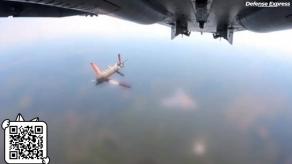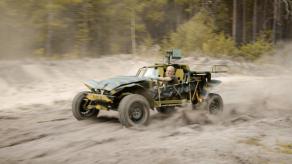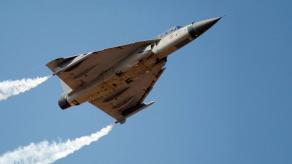During the missile attack on February 7th, 2024, russian forces used a 3M22 Zircon missile to try and strike down a target in Ukraine's capital city, Kyiv. The photos of wreckage found after the missile points to this possibility.
Specifically, one of the photos shows a piece of debris with a "3M22" marking corresponding to this type of missile, which alongside the Kh-47 Kinzhal belongs to the so-called "Putin's wunderwaffe," or simply russian most-advertised "hypersonic" weapons of long-range strike capability.
Read more: Hypersonic Zircon is the Only Missile russia Hasn't Used Against Ukraine Yet: Doesn't Want to or Cannot?
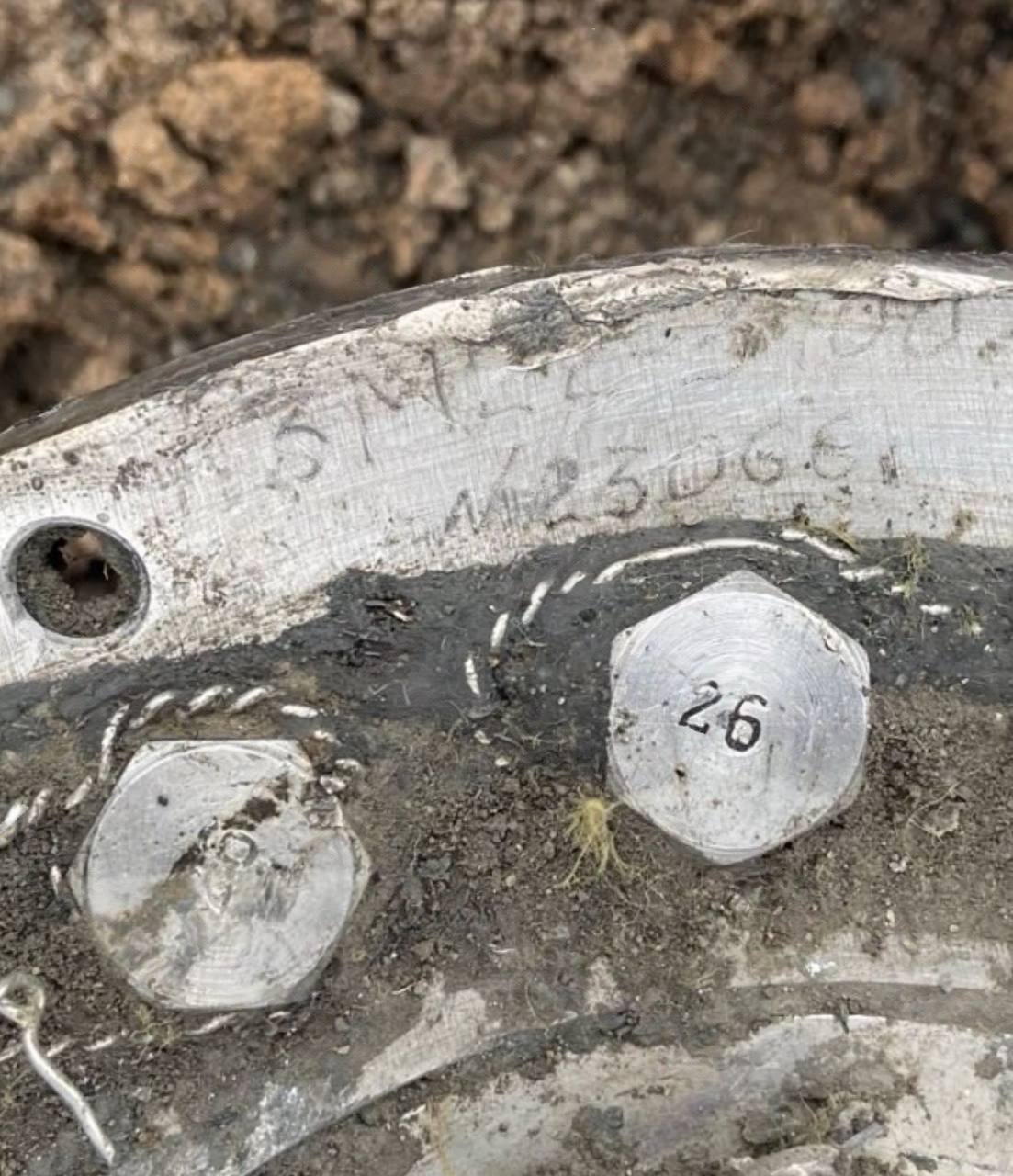
Considering the location where the wreckage was found, namely the Dniprovskyi district of Kyiv, and that electric power transmission lines are unlikely to become the target for a missile worth millions of dollars, the plausible version is that it was shot down by the city's air defenses. The official report from the Ukrainian Air Force, however, mentions only Kh-555/101 and Kalibr cruise missiles as intercepted (alongside Shahed drones).

On the other hand, the brief notice from the Air Force from 07:46 a.m. local time warned the citizens of a high-velocity missile approaching Kyiv.
Defense Express reached out to our sources for clarification. The answer we got was, the missile's fragmentation is too high which makes identification very difficult. The lack of reference data about this missile, that russia keeps hidden from the public, complicates the issue even further.
On a reminder note, even the current status of this weapon is uncertain: first, it was announced as already in service, then on January 27th this year it transpired that the order to adopt the missile had not been issued by the defense minister yet.
Nevertheless, as Defense Express found out, the fragments discovered today match the pieces of another unidentified missile that was used in a russian attack about a month ago. When those debris were found, there was the exact same assumption made about them belonging to a 3M22 Zircon. Therefore, it could not be the first time russia deployed Zircon.

For reference, russian military and media call their Zircon a "hypersonic weapon," a claim not supported by data gathered during the live fire testing. Most likely, it is powered by solid fuel and allegedly capable of reaching Mach 9 speed. The flight range in most of the cases is said to be 600 km, although occasionally, the figure of 1,000 km comes across.
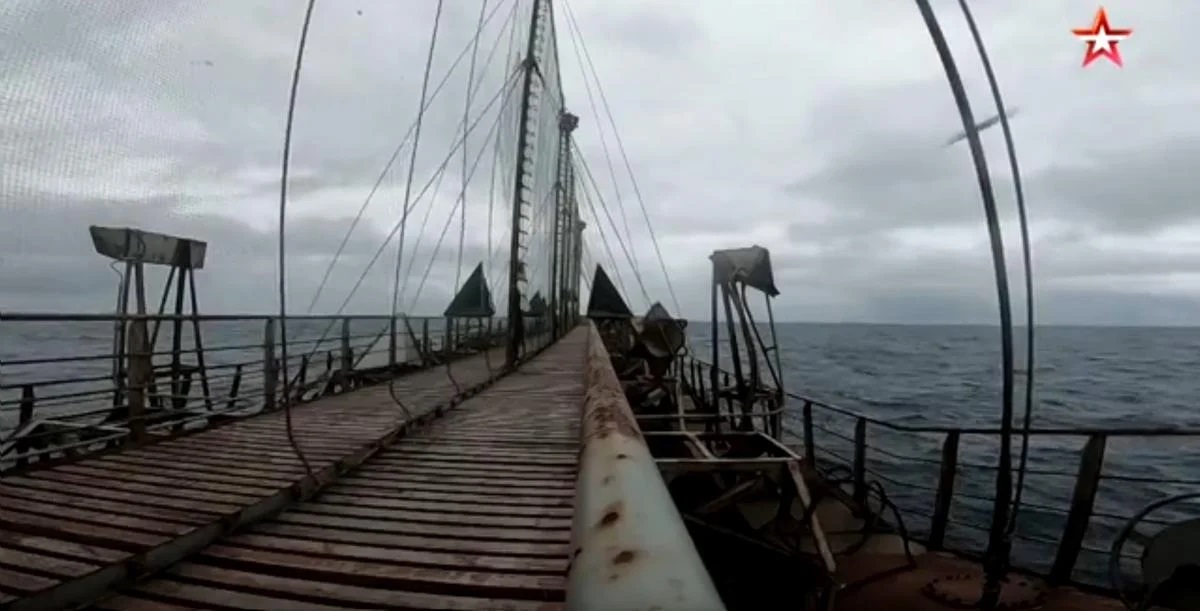
There are only a handful of carriers that can launch Zircon. The only ones known are the Admiral Gorshkov frigate (Project 22350) and the K-560 Severodvinsk nuclear submarine (Project 885 Yasen), both stationed too far from Ukraine for a missile to reach. If confirmed to be true, the only options remaining are the adapted Bastion-P missile system or the Object-100 in Crimea.
Now the rest is up to Ukrainian officials to comment. It would also be interesting to monitor the russian reaction to the potential downing of another "invincible" weapon of their manufacture because, after the initial reports of Kh-47 Kinzhal missiles repelled by Patriot systems, they first denied the fact altogether then started to explain to the domestic audience that Kinzhal wasn't supposed to be that unbeatable in the first place.
Read more: What Are the Real Performance Characteristics of russian Zircon Hypersonic Missile They Try to Intimidate the USA With










